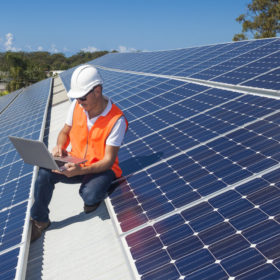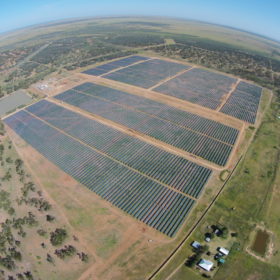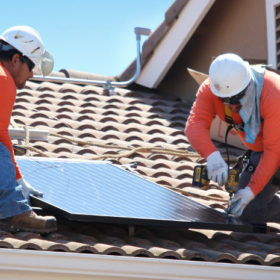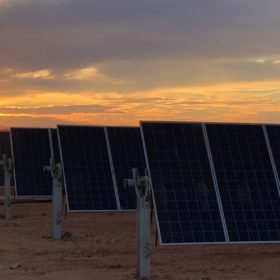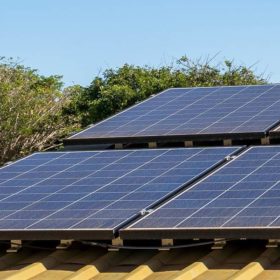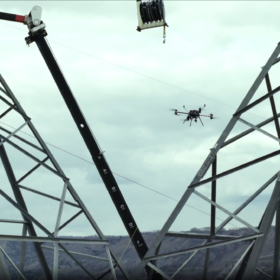WA’s novel solar lease popular with homebuyers at The Amble Estate
A housing development in Perth’s northern suburb Girrawheen is the first of its kind for Western Australia to provide a solar system with every home. Launched last year by provider Infinite Energy, the solar lease has proved to be a winner for homebuyers, resulting in a 40% saving on daytime power costs.
Victoria’s Solar Homes program returns with a bang
The first-in best-dressed Solar Homes program kicked off on Monday, with a half of solar rebates available in July snapped in the first day. The revamped scheme will be accompanied with a more stringent auditing program and other measures to optimize the rollout following difficulties that have plagued round one.
Cell and module prices falling in China
Taiwanese analyst Energytrend saw prices for high power products fall over the past week, but so far only in China. That trend could be replicated around the world next week, however.
Queensland government to convene urgent solar industry roundtable
After a Court of Appeal dismissed the government’s application to enforce regulation requiring licensed electrical workers to mount and fix unplugged solar panels, the Queensland government has called for an urgent industry roundtable to discuss safety in large-scale solar farms.
NSW readies to launch interest-free solar battery loan program
The Berejiklian government is gearing up to deliver on its election pledge and roll out interest-free loans for home battery systems. The program holds the promise to help up to 300,000 households save hundreds of dollars on their power bills.
Queensland government loses appeal, contentious solar installation regulation remains invaild
Queensland’s Court of Appeal has dismissed the government’s application to enforce regulation requiring licensed electrical workers to mount and fix unplugged solar panels.
Australia’s massive contribution to global PV, battery uptake blemished by grid woes
Last year, Australia shattered all records in terms of investment in renewables and capacity additions, but a range of concerns for solar PV developers, including network constraints, delays and grid connection issues, are looming over the nation’s clean energy sector, according to an annual overview drafted by global policy network REN21.
BHP, Mitsubishi Development pledge to reduce emissions from coal operations
Australian mining giant BHP and its strategic partner Mitsubishi Development, the holding company of Mitsubishi’s coal investments in Australia, have pledged to pursue emissions reductions, including from the life-cycle use of marketed products.
Think-tank eyes up 10 GW sustainable future for Northern Territory
A new report raises awareness of the potential jobs and revenue opportunities for Territorians in a zero-carbon economy. The 10 GW Vision relies largely on solar PV.
Horizon Power beefs up hosting capacity to accommodate more solar
More regional Western Australians will have the opportunity to install rooftop solar panels on their premises with 10 MW of additional renewable energy generation released on Horizon Power microgrids.

